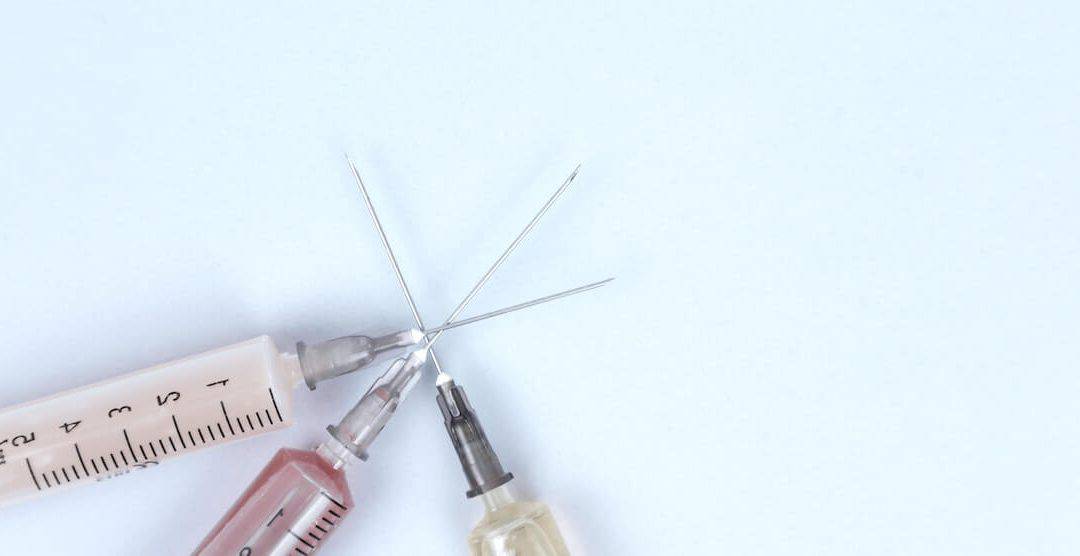Many people minimize the severity of a developing drug addiction with excuses such as “I haven’t been using that long” or “I don’t do it that frequently”.
While addiction usually takes time to manifest, and people rarely go from being occasional users to full-blown overnight. Mental symptoms usually arise before the physical and can start after just one use, depending on personal circumstances and the substance in question.
One thing that researchers agree on is that in most cases, drug addiction progresses through four identifiable stages. As earlier stages make way for later ones, the likelihood that the user will require intervention in order to quit increases. If you are worried, either about yourself or a loved one stuck in stage two or above, you may want to contact a professional for guidance. Here’s our overview of the four stages (or horsemen, if you please).
Stage One: Drug Experimentation
You can’t get addicted to something you haven’t tried. We often experiment with drugs as teenagers or in early adulthood. This is when we’re still finding our identity, and people are more susceptible to social pressures. Of course, people of all ages experiment with substances, particularly when they:
- change their social circle or start hanging out with new friends.
- start a new job and enter a new work culture.
- move to a new place with different attitudes on drug use.
Not all experimentation results in full-blown addiction, but it is how it starts. Certain risk factors may make a person more or less likely to continue regular use after using drugs or drinking, such as age, family history, and existing mental health conditions.
Stage Two: Regular Use
This horseman can make or break the pathway to addiction. Some people do use drugs or alcohol without developing a pattern of compulsive use; however, with increased use comes increased risk. If you or someone you are close to is using or drinking regularly, keep an eye out for early signs or symptoms of addiction such as:
- negative physical or emotional responses when the substance isn’t available.
- loss of interest in hobbies.
- isolation from their existing support network.
- secretiveness about use.
Stage Three: High-risk Use or Abuse
If someone is exhibiting physical or psychological withdrawal symptoms such as depression, anger, or fatigue when the drug isn’t around, they have crossed into substance abuse territory.
With long-term regular use, many drugs alter our brain chemistry so that we need them to function. This process, called physical dependence, is one of addiction’s leading biological drivers. There is a huge loss of control, and it becomes a massive physical and mental challenge in order not to use.
Stage Four: Drug Addiction and Chemical Dependencies
The fourth horseman rides out rapidly after stage three. When a person has developed an actual drug addiction, their use has become compulsive in such a way that they will use their substance of choice regardless of the negative consequences.
Many people suffering from fully developed addictions only accept and go to treatment once they have hit some kind of rock bottom. Enabling a loved one by supporting them to buy drugs, helping them with rent or other needs, or denying to them that there is a problem will not help them address what is going on.
Once someone’s drug abuse reaches this level, family and friends must stay supportive and positive about treatment and recovery without protecting their loved ones from the consequences of addiction.
Although any type of substance addiction can be fatal, it is never too late to take decisive action and make a positive change in your life. Stage four doesn’t have to be the end, but professional treatment is advised if you or a loved one has reached this level in your addiction.


